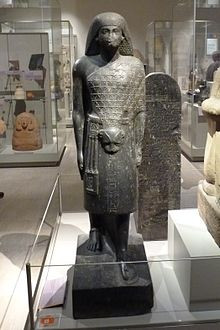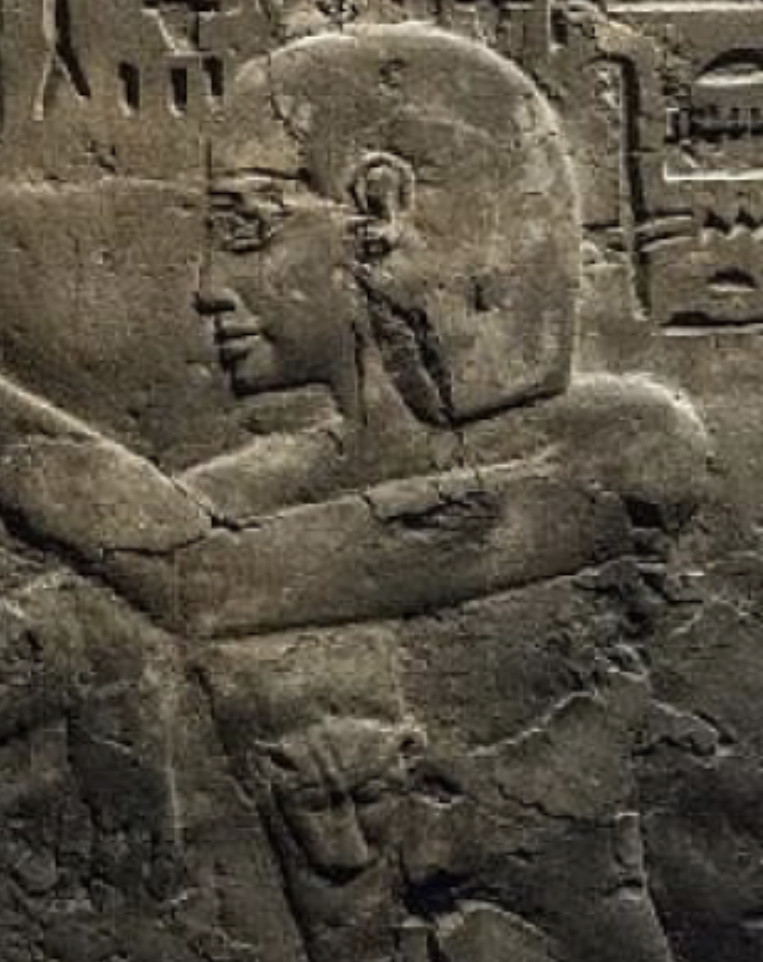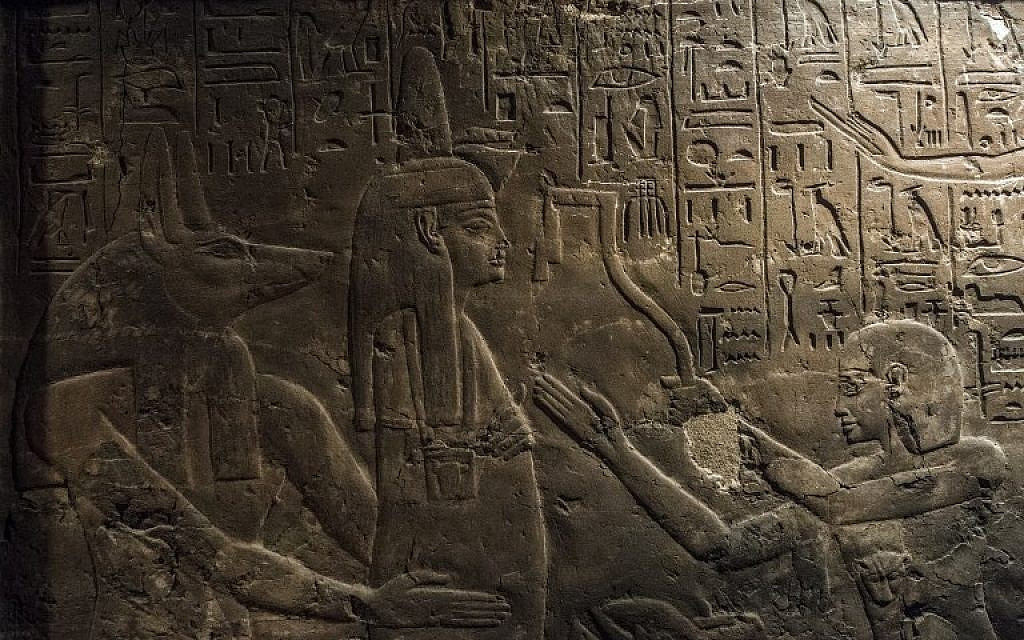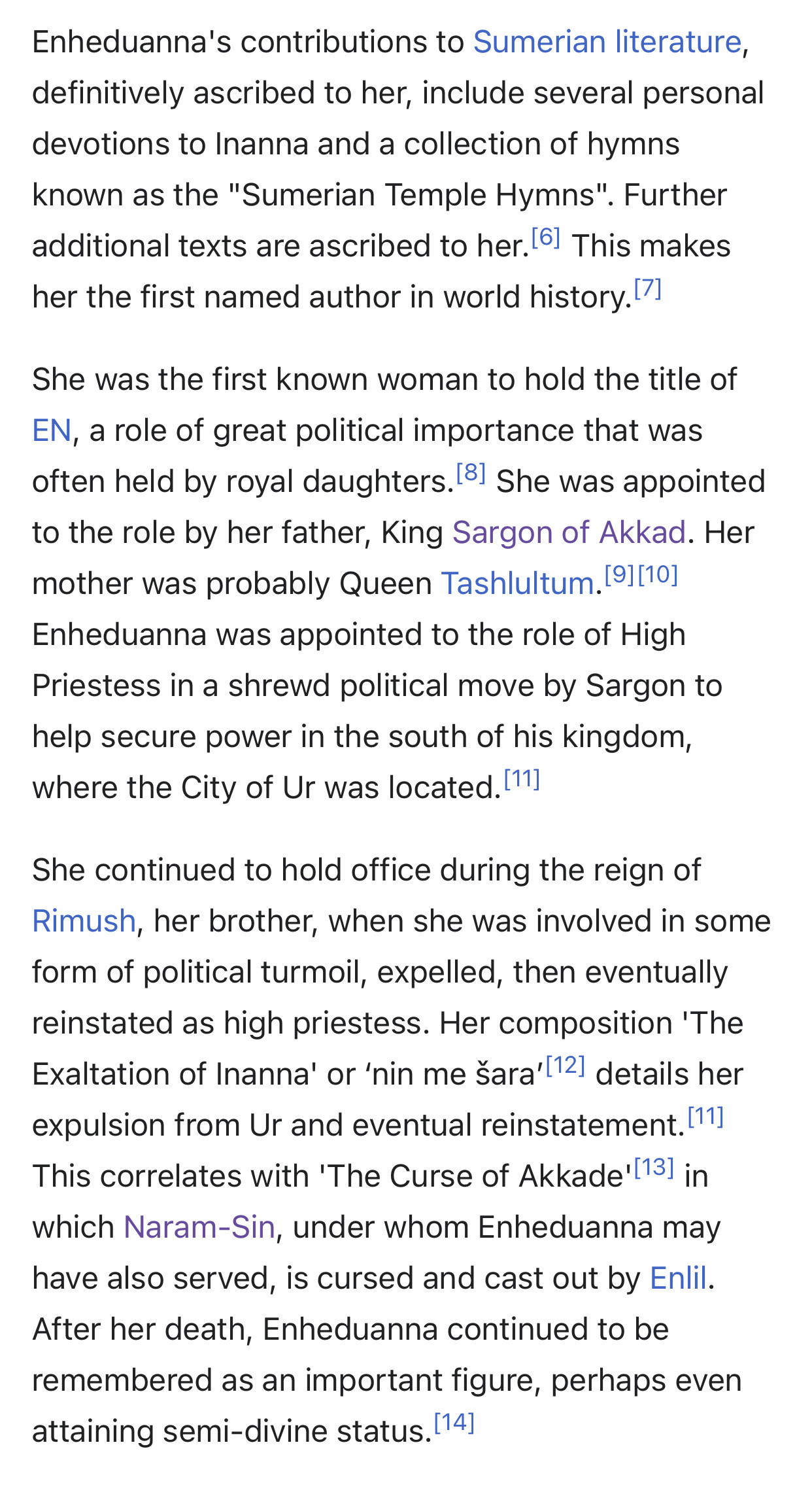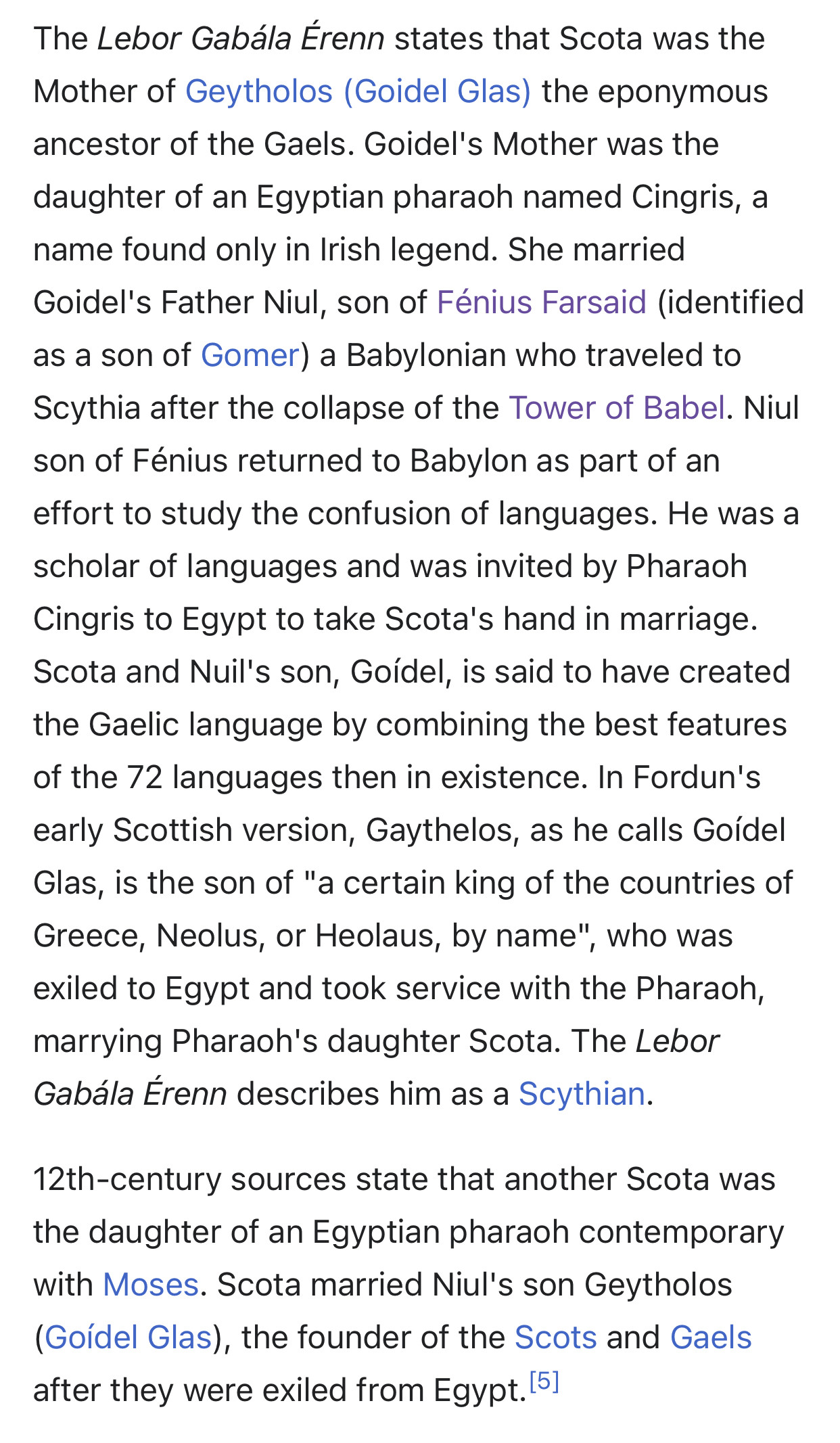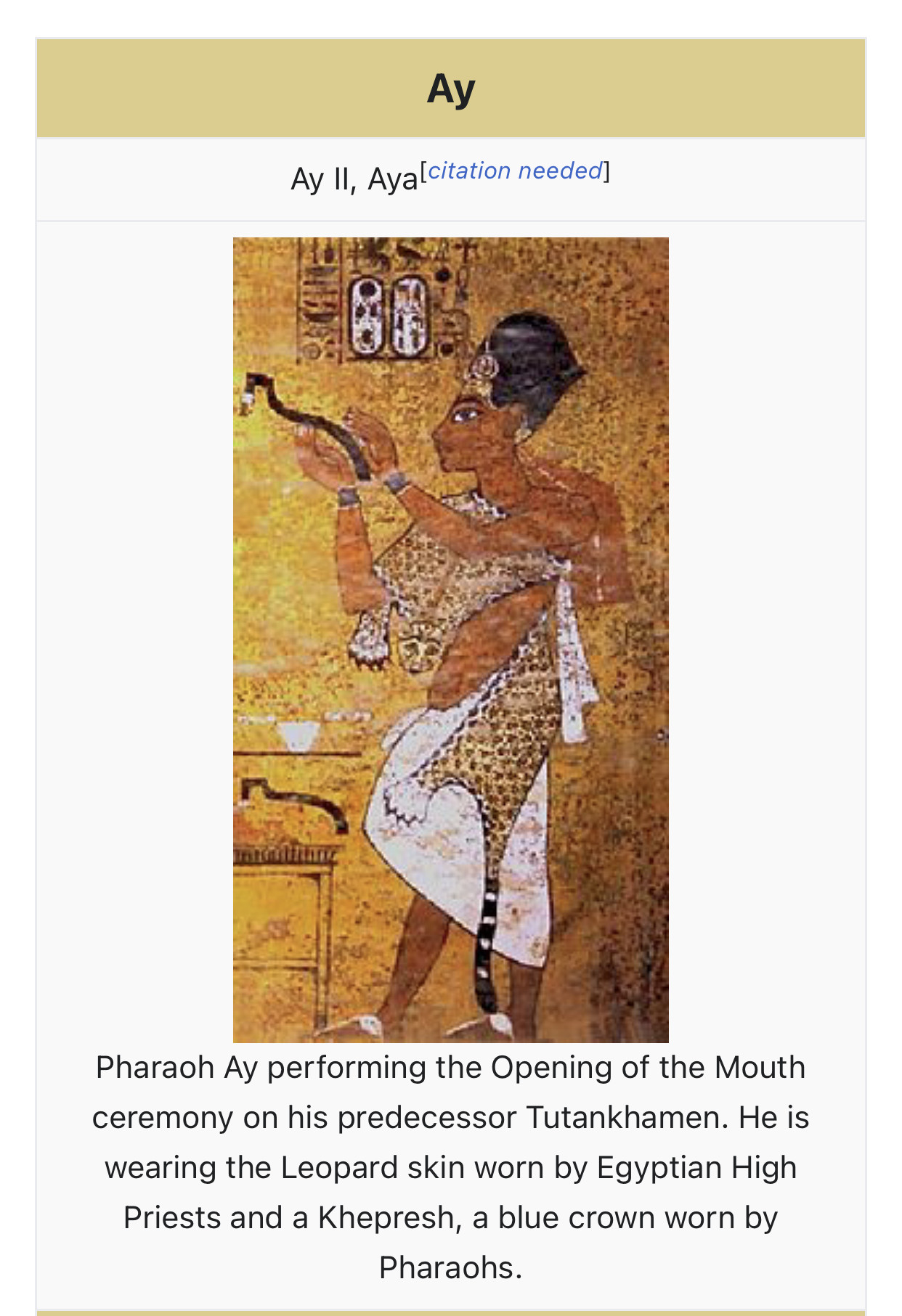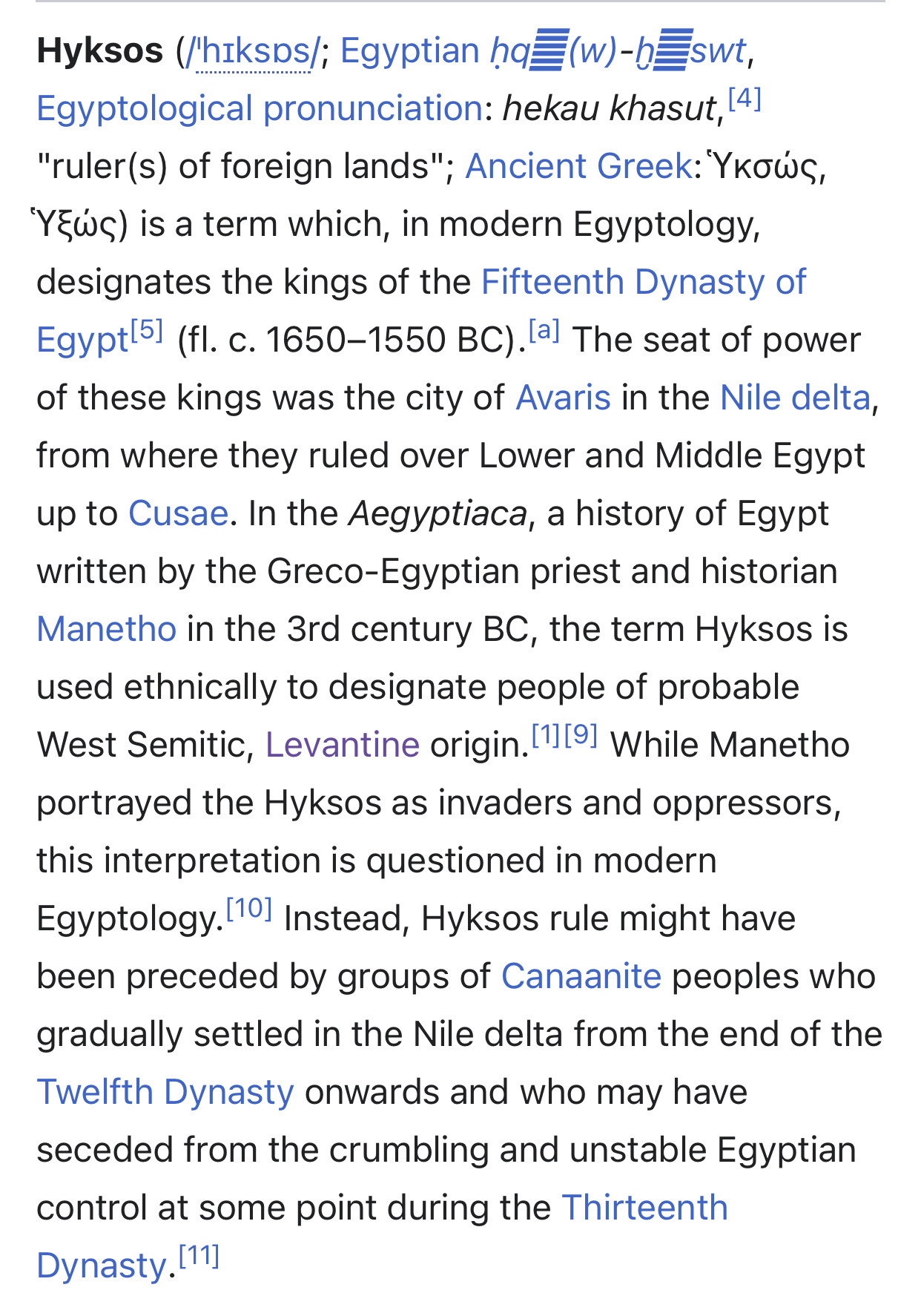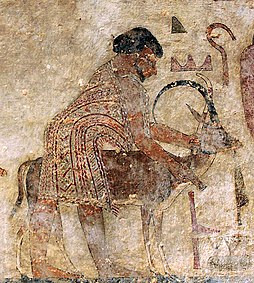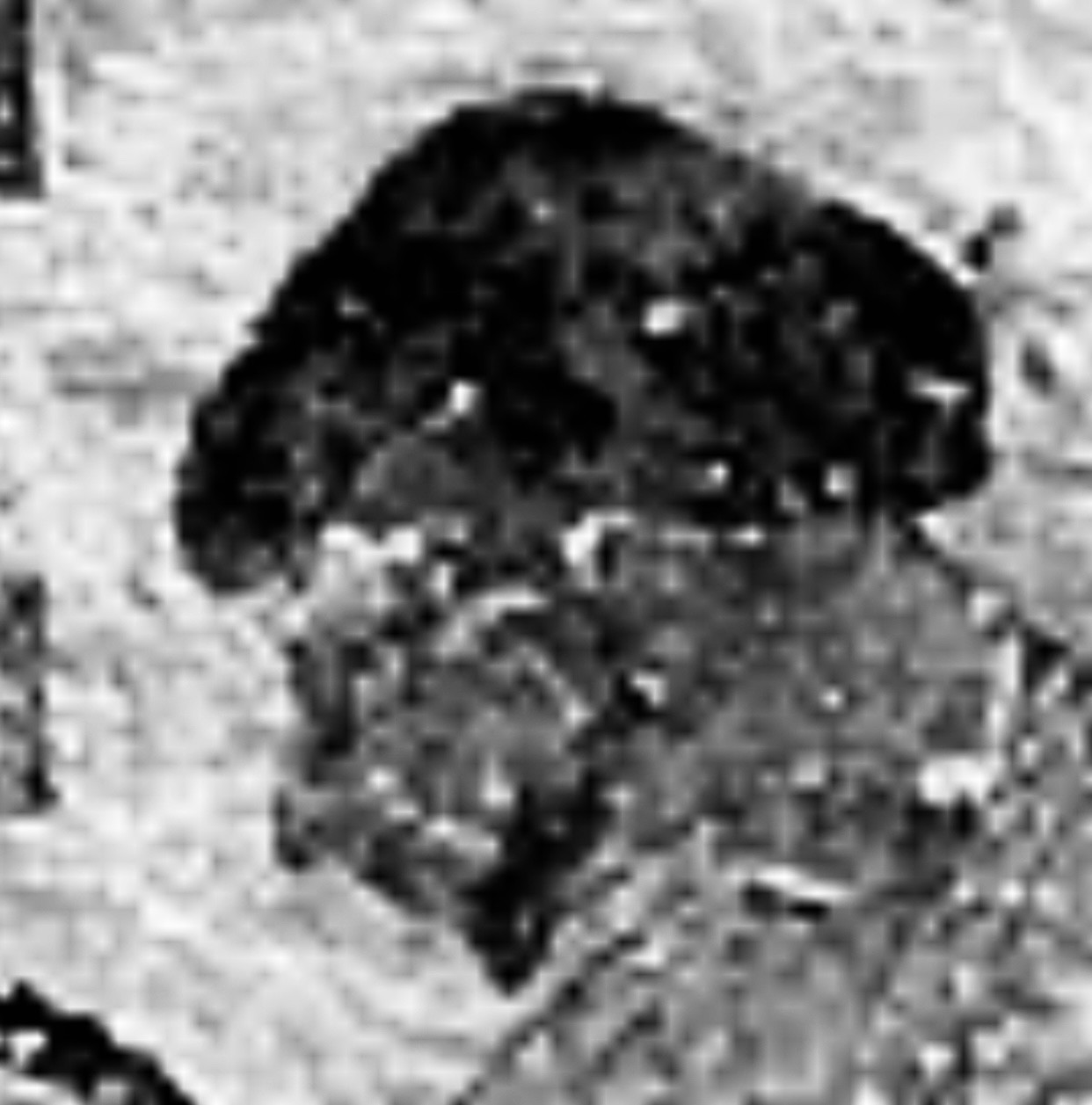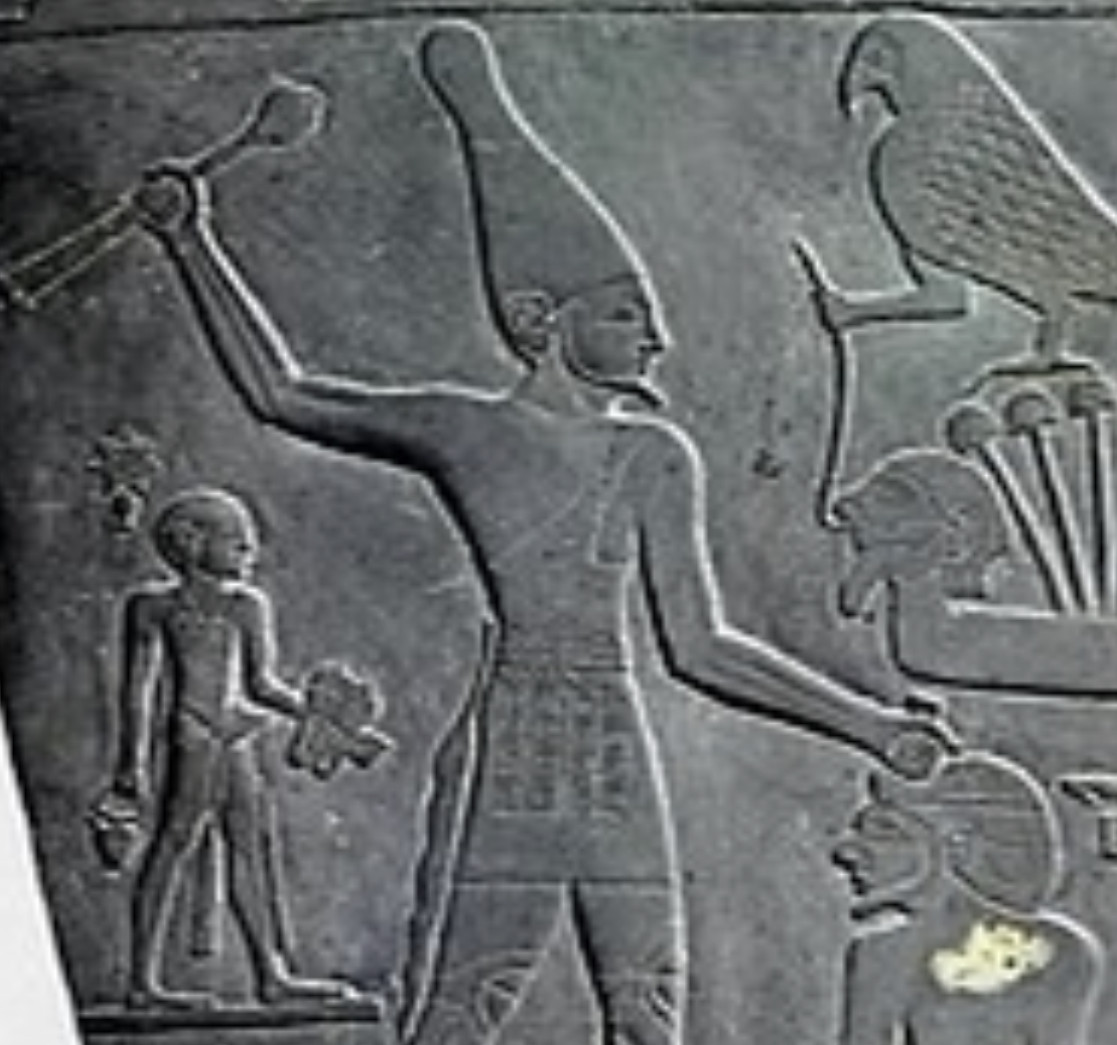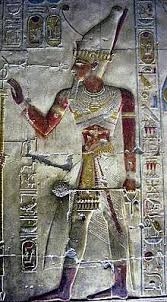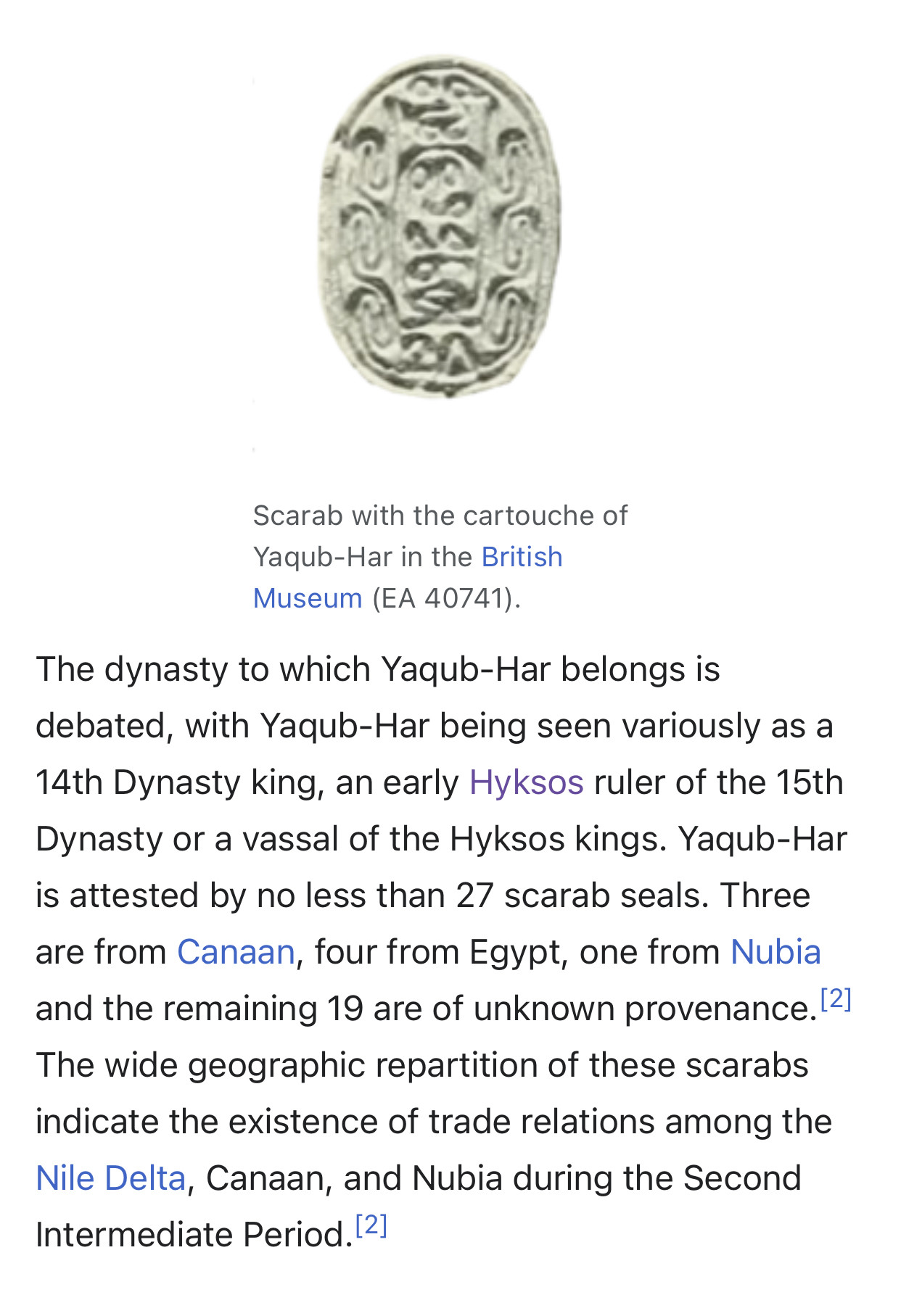Sargon of Akkad (/ˈsɑːrɡɒn/; Akkadian: 𒊬𒊒𒄀 Šar-ru-gi),[3] also known as Sargon the Great,[4] was the first ruler of the Akkadian Empire, known for his conquests of the Sumerian city-states in the 24th to 23rd centuries BC.[2] He is sometimes identified as the first person in recorded history to rule over an empire.
Understanding of the Akkadian Empire continues to be hampered by the fact that its capital Akkad has not yet been located, despite numerous attempts.[17][18] Precise dating of archaeological sites is hindered by the fact that there are no clear distinctions between artifact assemblages thought to stem from the preceding Early Dynastic period, and those thought to be Akkadian. Likewise, material that is thought to be Akkadian continues to be in use into the Ur III period.
one world undivided with liberty and justice for all https://twitter.com/verndewd https://www.bitchute.com/channel/UnlManuURgPw/
Sargon was found in reed basket and raised with the high priestess, He introduced semitic cuneiform, his rule was besought by internal uprisings until the cities of the plain finally fell under his grandson. And the kazars were born as they fleed from the plains.
The ark of bulrushes was a container which, according to the episode known as the finding of Moses in the biblical Book of Exodus, carried the infant Moses.
The ark, containing the three-month-old baby Moses, was placed in reeds by the river bank[1] (presumably the Nile) to protect him from the Egyptian mandate to drown every male Hebrew child,[2] and discovered there by Pharaoh's daughter.
Osarseph /ˈoʊzərˌsɛf/ or Osarsiph /ˈoʊzərˌsɪf/ (Koinē Greek: Ὀσαρσίφ) is a legendary figure of Ancient Egypt who has been equated with Moses. His story was recounted by the Ptolemaic Egyptian historian Manetho in his Aegyptiaca (first half of the 3rd century BC); Manetho's work is lost, but the 1st century AD Jewish historian Josephus quotes extensively from it.
The story depicts Osarseph as a renegade Egyptian priest who leads an army of lepers and other unclean people against a pharaoh named Amenophis. The pharaoh is driven out of the country and the leper-army, in alliance with the Hyksos (whose story is also told by Manetho) ravage Egypt, committing many sacrileges against the gods, before Amenophis returns and expels them. Towards the end of the story Osarseph changes his name to Moses.[1]
Joseph is a common masculine given name, derived from the Hebrew Yosef.
Journalist Ahmed Osman in his book Stranger in the Valley of the Kings has suggested an identification between Joseph, the ancient Hebrew patriarch who led the tribe of Israel into Egypt during a famine, and Yuya. [25] This theory has not been accepted in mainstream Egyptology.
Yuya (sometimes Iouiya,[1] or Yuaa,[2] also known as Yaa, Ya, Yiya, Yayi, Yu, Yuyu, Yaya, Yiay, Yia, and Yuy)[3] was a powerful ancient Egyptian courtier during the Eighteenth Dynasty of Egypt (circa 1390 BC). He was married to Tjuyu, an Egyptian noblewoman associated with the royal family, who held high offices in the governmental and religious hierarchies. Their daughter, Tiye, became the Great Royal Wife of Amenhotep III.[4] Yuya and Tjuyu are known to have had a son named Anen, who carried the titles "Chancellor of Lower Egypt", "Second Prophet of Amun","sm-priest of Heliopolis, and "Divine Father"
He was the son of Yuya and Tjuyu and the brother of Queen Tiye, the wife of Pharaoh Amenhotep III. Under the rule of his brother-in-law, Anen became the Chancellor of Lower Egypt, Second Prophet of Amun, and sem-priest of Heliopolis, and acquired the title Divine Father.
CAIRO, Egypt — An archaeologist said Sunday that Maia, Egyptian pharaoh Tutankhamun’s wet nurse, may have actually been his sister Meritaten, reviving speculation about the identity of the mother of the boy king.
MERITATEN?
Which Egyptian pharaoh had red hair?
Ramesses II had red hair, and there were ancient Egyptians with blond hair too.
😉
The name Hittites is taken from the biblical Hebrew Ḥitti (gentilic), plural Ḥittim, ... 11:41); Solomon's Hittite wives (I Kings 11:1) and the horses sent by him to "all the ...
IN the Times of October 28 there appeared, under the signatures of Prof. J. M. Mackay, of Liverpool University, and Messrs. Percy Newberry and John Garstang, a letter on an important archæological subject, entitled “Etruscan and Hyksos—a Hittite Clue.” The object of this letter appears to have been to prove a culture-connection in the second millennium, B.C., between the Etruscans in Italy, the Kheta or “Hittites” in Asia Minor and northern Syria, and the mysterious Hyksos or “Shepherd Kings” who invaded Egypt, and usurped its government between the thirteenth and eighteenth dynasties.
Menmaatre Seti I (or Sethos I in Greek) was a pharaoh of the New Kingdom Nineteenth Dynasty of Egypt, the son of Ramesses I and Sitre, and the father of Ramesses II. As with all dates in Ancient Egypt, the actual dates of his reign are unclear, and various historians claim different dates, with 1294 BC to 1279 BC[4] and 1290 BC to 1279 BC[5] being the most commonly used by scholars today.
Seti I was portrayed as the father of Rameses II and adopted uncle of Moses by actor Sir Cedric Hardwicke in the 1956 film The Ten Commandments. In the film, Seti I banishes Moses from Egypt, putting Moses on the path that eventually leads to his return to Egypt and liberation of the slaves after Rameses II ascends the throne. The film establishes the Biblical figure of Bithia (adopted mother of Moses) as Seti's sister.
The book of Exodus says that after crossing the Reed Sea, Moses led the Hebrews into the Sinai, where they spent 40 years wandering in the wildnerness.
Loch Ness is named for the river Ness which flows from the loch's northern end. The river's name probably derives from an old Celtic word meaning "roaring one".
Etymology
From Latin celticus (“Celtic”), from Celta (“Celt”), from Ancient Greek Κελτοί (Keltoí, “the Celts”).
Pronunciation
(South Brazil) IPA(key): /ˈsɛw.t͡ʃi.ko/
Adjective
céltico m (feminine singular céltica, masculine plural célticos, feminine plural célticas, not comparable)
Celtic (of the Celts; of the style of the Celts)
Synonym: celta
Spanish
Adjective
céltico (feminine céltica, masculine plural célticos, feminine plural célticas)
Celtic (of the Celts; of the style of the Celts)
Synonym: celta
There, Nel married the Pharoah’s daughter, Scota. When the Pharoah drowned in the Dead Sea in pursuit of Moses, Nel’s grandson Sru fled Egypt in fear of persecution. His son, Heber Scot, returned to the families native homeland of Scythia where he eventually seized kingship of the territory (not sure how). Eventually his descendent Agnomain killed his rival in Scythia and was thus forced to flee Scythia in fear of retaliation.
Heber 2
Usage Biblical
Scripts חֶבֶר(Ancient Hebrew)
Pron. HEE-bər(English) [key]
Meaning & History
Means "enclave" in Hebrew. In the Old Testament this name is borne by a great-grandson of Jacob and also by the husband of Jael.
Related Names
Same SpellingHeber 1
Meruserre Yaqub-Har (other spelling: Yakubher, also known as Yak-Baal[1]) was a pharaoh of Egypt during the 17th or 16th century BCE. As he reigned during Egypt's fragmented Second Intermediate Period, it is difficult to date his reign precisely, and even the dynasty to which he belonged is uncertain.
Bilé is a character in the Lebor Gabála Érenn, a medieval Christian history of Ireland and the Irish (or Gaels), and in the genealogies of John O'Hart based on this tradition. He is described as a king of Galicia, an ancestor of the Gaels, the son of Breogan, and the father of Milesius.
The Lebor Gabála purports to be an account of the Gaels' descent from Adam through the sons of Noah and how they came to Ireland. The tale relates that the Gaels spent 440 years wandering the Earth and underwent a series of tribulations.

